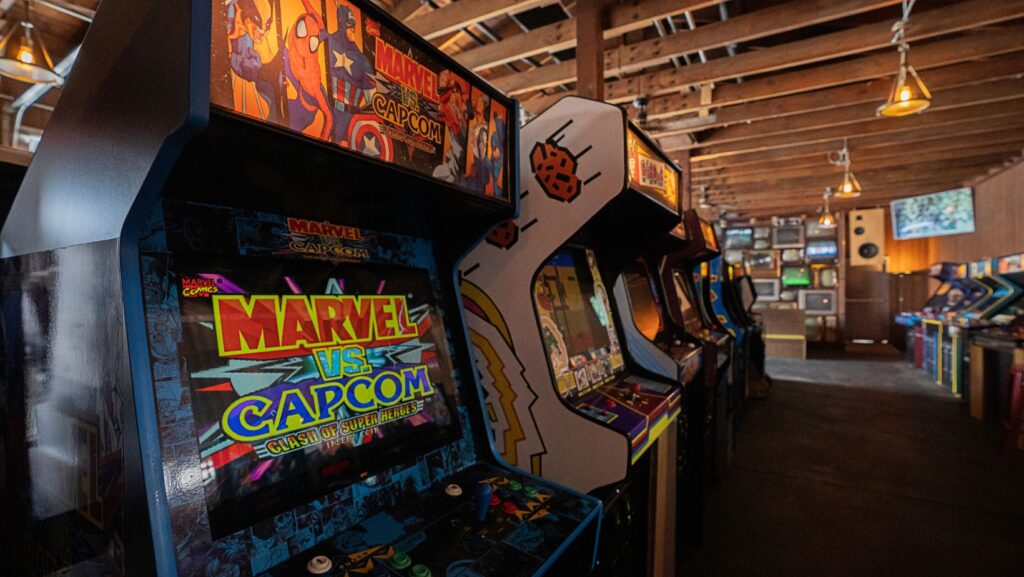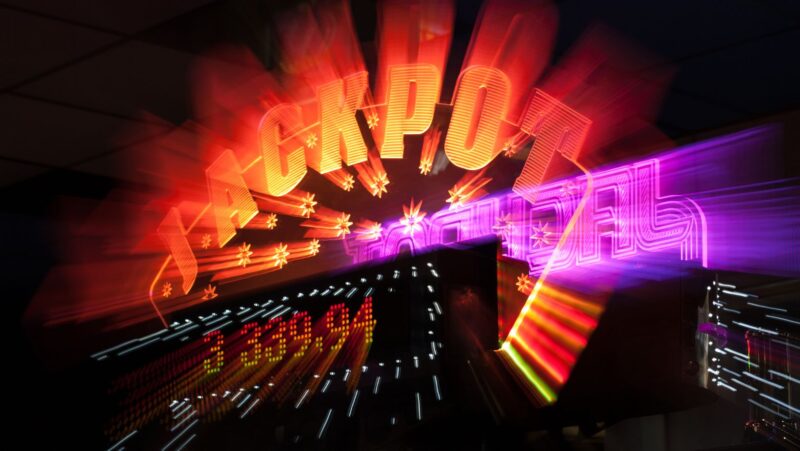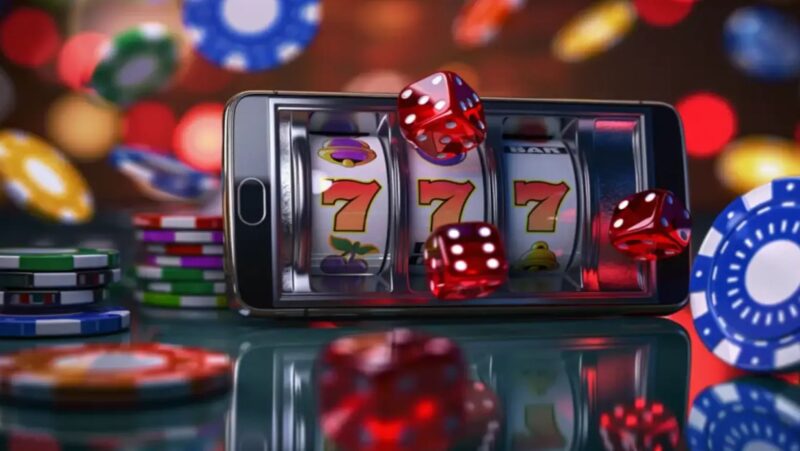
Article by Dreamstime
Few hobbies encapsulate the blend of nostalgia, treasure hunting, and cultural preservation quite like retro game collecting. From the dizzying highs of 8-bit mania in the 1980s to the bust of the early 2000s and the robust resurgence we see today, the history of collecting classic video games mirrors the industry itself—booms, busts, reinventions, and passionate communities driving the market forward. Here’s a deep dive into the cycle of retro game collecting, the forces that shaped it, and why it’s never been more vibrant than now.
1. The Golden Age of Video Games and Early Collecting (Late 1970s–Mid 1990s)
1.1 Arcade Origins and Cartridge Culture
When Pong machines clattered into bars and arcades in the early 1970s, gaming was communal, pay-per-play, and ephemeral—no one thought to “collect” that quarter-munching cabinet. But with the Atari 2600’s 1977 release, gaming entered homes via cartridges, each in a colorful cardboard box with eye-catching artwork. Kids didn’t just play games; they displayed them on shelves. Titles like Space Invaders, Pitfall!, and Pac-Man sold millions, and gaming magazines ran ads touting the newest NES releases.
1.2 Early Collectors and Preservationists
Even in the heyday of 8- and 16-bit consoles, a handful of enthusiasts recognized that games were cultural artifacts worth preserving. Local gaming clubs and BBS communities formed trading circles, swapping cartridges and manuals like prized baseball cards. By the early 1990s, bulletin-board threads documented obscure Famicom titles and turbo-charged Sega Genesis imports, laying groundwork for future collecting.
2. Market Crash and Dormant Years (Mid 1990s–Early 2000s)
2.1 Transition to 3D and Loss of Interest
As the industry pivoted to 3D graphics with the PlayStation, Nintendo 64, and Sega Saturn, early console cartridges felt antiquated. The abundance of new discs and the allure of polygonal worlds led most gamers to clear out their old collections, often selling carts for a few dollars or trading them in for store credit.
2.2 Price Collapse and Store Clearance
By the late 1990s, retro cartridges were ubiquitous in bargain bins. Stores like GameStop offered a flat rate—sometimes as little as $1 per cartridge—regardless of rarity. Many original boxes and manuals were tossed in dumpsters. The market for retro games collapsed, consigning many titles to near oblivion and cementing their status as throwaway goods.
3. The First Resurgence: Early Internet and eBay (Early 2000s–2010)
3.1 Online Auctions and Niche Communities
With the rise of eBay in the early 2000s, collectors discovered a virtual marketplace for obscure titles and factory-sealed copies. Suddenly, Stadium Events (NES) copies commanded hundreds of dollars, while complete-in-box Mega Man sets became hot commodities. Dedicated forums like NESWorld and ScrewAttack fostered knowledge-sharing, price guides, and trading networks that transcended physical boundaries.
3.2 The Convergence of Nostalgia and Investment
As 20-somethings who grew up with the NES and SNES entered adulthood, disposable income fueled nostalgia purchases. Titles once worth pennies soared into triple-digit territory. Collectors rationalized purchases as both sentimental returns to youth and strategic investments—particularly sealed, unplayed games with intact shrink wrap.
4. The “Retro Bubble” and Market Corrections (2010–2015)
4.1 Peak Prices and Speculation
By the early 2010s, the retro market reached its apex. Auction records shattered: sealed Nintendo World Championships carts had six-figure sales, and prototype cartridges surfaced for tens of thousands. Speculators—lacking the collector’s passion—drove prices ever higher, hoping to flip games for profit. Brick-and-mortar “retro shops” popped up in urban centers, catering to affluent collectors seeking pristine copies of EarthBound, Chrono Trigger, or elusive PAL-region exclusives.
4.2 The Crash and Oversaturation
As quickly as the bubble inflated, it deflated. Speculators realized that liquidity was limited: not every buyer could—or would—pay premium prices. Prices plateaued or fell. Some shops closed; overstocked online sellers slashed prices to move inventory. The community, once united by shared passions, split between die-hard enthusiasts and opportunistic traders.
5. The Modern Renaissance: Accessibility and Community Growth (2015–Present)
5.1 Re-Releases and Digital Preservation
Console manufacturers recognized the appetite for retro experiences. The NES Classic Edition (2016) and SNES Classic (2017) offered legal, plug-and-play access to beloved titles. Nintendo Switch Online, Sony PlayStation Plus, and Microsoft’s Game Pass introduced rotating retro libraries. These official channels not only preserved gaming history but also reignited interest in the original hardware and cartridges.
5.2 Local Game Stores and Barcades
Independent game shops diversified their offerings, combining retro carts with modern indie titles, board games, and gaming events. “Barcades”—venues where patrons enjoy craft beers alongside rows of restored cabinets—fostered social retro play, reestablishing the communal spirit of arcades decades earlier.
5.3 Affordable Emulation and Homebrew Communities
Raspberry Pi–based emulation consoles and open-source front-ends like RetroPie made digitized retro gaming accessible for under $100. Homebrew developers crafted new games for venerable platforms, proving that the NES, Genesis, and Atari 2600 remain creative canvases. This convergence of original hardware and emulation broadened the collector base—some focused on mint carts, others on digital preservation, and many on both.

6. The New Collector’s Ethos: Preservation Over Profit
6.1 Emphasizing Condition and Completeness
Today’s serious collectors prioritize fully complete-in-box (CIB) sets—cartridge, manual, inserts, and authentic box art—grading condition meticulously. Grading companies like Wata Games and ** VGA** (Video Game Authority) encapsulate sealed games in protective slabs with condition labels, similar to graded sports cards or comics. This standardization reassures buyers and stabilizes value.
6.2 Archival Mindset and Donations
Museums, universities, and nonprofit organizations—such as The Strong National Museum of Play and the Video Game History Foundation—actively solicit donations of hardware, software, and ephemera. This archival approach emphasizes cultural heritage and academic research over speculative resale. Collectors increasingly adopt this mindset, contributing documentation, scans, and oral histories to public archives.
6.3 Ethical Sourcing and Community Building
Retro collectors now champion ethical practices: transparent pricing, honest condition disclosures, and collaborative trading rather than predatory flipping. Conventions like MAGFest and Portland Retro Gaming Expo celebrate community-driven passions, welcoming both casual fans and seasoned collectors. These events showcase restored arcade machines, trading floors, and panel discussions—reinforcing retro gaming’s cultural significance.
7. Challenges and Future Outlook
7.1 Preservation vs. Playability
Original hardware degrades: capacitors leak, laser assemblies fail, and plastic becomes brittle. Retro enthusiasts must balance preserving factory-sealed carts for posterity against cracking open and playing them. Modern solutions—like Everdrive flash cartridges—mediate this tension by running ROMs on original hardware without risking vintage boards.
7.2 Legal and Licensing Hurdles
Emulation-based preservation often clashes with copyright law. While “ROM dumps” preserve software for posterity, they exist in a legal gray area. Licensing agreements for official re-releases can be complex or impossible to negotiate, especially for orphaned IP. Advocacy for clearer “emergency archiving” exceptions may shape how future generations access gaming history.
7.3 Sustaining Community Passion
As demographic shifts bring new collectors—toy collectors in their 20s discovering the NES for the first time, 40-something retro kids seeking closure—maintaining community cohesion requires welcoming newcomers and honoring legacy collectors. Online forums, Discord servers, and social media influencers play key roles in mentorship and knowledge sharing, bridging generational gaps.
8. Conclusion: An Ever-Turning Cycle
The story of retro game collecting is one of cyclical revival. From the 1980s’ cartridge mania to the 1990s’ clearance sales, the 2000s’ online auction resurgence, the 2010s’ speculative bubble, and today’s balanced harmony of nostalgia and preservation—collectors have weathered market crashes, moral debates, and technological shifts. Yet, the love of pixelated adventures, chiptune soundtracks, and tangible game artifacts endures.
In the end, retro game collecting isn’t just about amassing dusty cartridges or chasing astronomical price tags; it’s about sustaining a living history, celebrating the artistry of game designers, and passing that legacy to future generations. Whether you proudly display a full shelf of mint SNES boxes, fire up an emulator on Raspberry Pi, or painstakingly rebuild an old arcade cabinet, you’re part of a community that refuses to let gaming’s origins fade. The cycle may rise and fall, but as long as we keep playing, trading, and preserving, the next chapter in retro collecting is already beginning.












